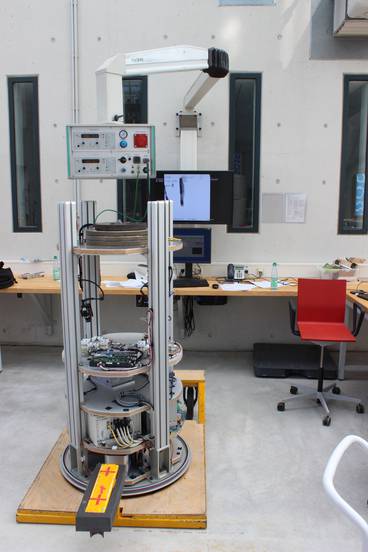Gecko Related Adhesive testBundles (GRAB)

research area: materials sciences
experiment title:
Gecko Related Adhesive testBundles
experiment acronym: GRAB
funding agency: DLR
grant number: -
performing organization:
Institut für Raumfahrtsysteme, TU Braunschweig / ERIG e.V.
prime investigator:
Christopher Trentlage, Malte Kießling, Lasse Maywald, Lennart Ziemer
experiment objective
abstract
In order to mitigate the growth of space debris flux rates in strongly populated orbits, it is necessary to remove objects that are considered potentially harmful from there. Such objects, like used upper stages or malfunctioning satellites, are capable of producing high numbers of fragments if hit by space debris or if an explosion occurs. A removal can be realized by an active debris removal system (ADRS). Such satellites will be capable of approaching, capturing, de-tumbling and de- or re-boosting large space debris. In order to achieve contact with targeted objects, gecko-inspired adhesive materials can be utilized. The adhesive force of gecko-materials is implemented by their fungiform microstructures, that adhere to surfaces by means of van-der-Waals-forces. Currently, little is known about gecko-materials behavior under microgravity, temperature fluctuations and cosmic radiation. The main objective of the Gecko-Related-Adhesive-testBundles-experiment (GRAB) is to investigate if adhesive forces still occur in near-space environment and if so, how strong they are.
experiment campaigns
experiment year: 2017
number of catapult launches: 8


 "
"